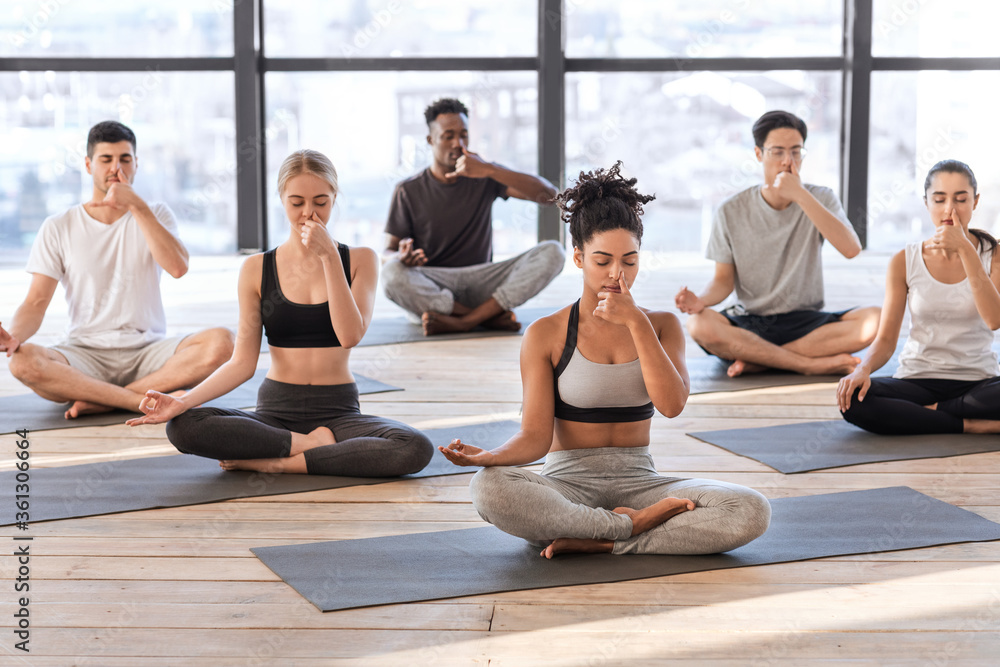In the dynamic landscape of education, where teachers navigate through ever-changing curriculums, diverse classrooms, and demanding schedules, the need for self-care and stress management has become increasingly evident. Amidst these challenges, integrating yoga into the lives of teachers emerges as a potent solution, offering a holistic approach to well-being that extends beyond the confines of physical exercise. In this article, we delve into the profound benefits of yoga for teachers in public schools and how its practice can foster a healthier, more balanced educational environment.
Cultivating Calm Amidst Chaos
Teaching is undoubtedly a noble profession, but it comes with its fair share of stressors. From managing classroom dynamics to meeting academic standards, the responsibilities can sometimes feel overwhelming. Yoga provides teachers with a sanctuary—a space to retreat, recalibrate, and recharge. Through mindful breathing techniques and gentle movements, yoga cultivates a sense of calm amidst the chaos, enabling educators to approach their work with clarity and composure.
Nurturing Physical and Mental Well-being
The sedentary nature of teaching, coupled with prolonged hours spent grading papers or planning lessons, can take a toll on physical health. Yoga offers a remedy by promoting flexibility, strength, and posture improvement. Simple stretches and poses counteract the effects of sitting for extended periods, alleviating muscle tension and reducing the risk of injuries.
Moreover, yoga is not just about the body; it also nourishes the mind. Mindfulness practices incorporated into yoga sessions help teachers develop greater self-awareness and emotional resilience. By tuning into the present moment and cultivating a non-judgmental attitude, educators learn to navigate challenges with grace and equanimity.
Fostering Connection and Community
Teaching can sometimes feel isolating, with educators grappling with their own unique set of challenges. Yet, through yoga, teachers have the opportunity to come together in a supportive community, united by a shared commitment to well-being. Yoga classes serve as a space for collaboration, where teachers can exchange ideas, offer support, and build meaningful connections with their peers.
Furthermore, the benefits of yoga extend beyond individual well-being to the classroom environment itself. Teachers who practice yoga are better equipped to create a positive and inclusive atmosphere, where students feel valued, supported, and inspired to learn.
Enhancing Resilience in the Face of Adversity
In the fast-paced world of education, resilience is a vital attribute for teachers to possess. Whether it's navigating budget cuts, adapting to new technologies, or addressing the diverse needs of students, educators encounter numerous obstacles along their journey. Yoga equips teachers with the tools to confront these challenges with resilience and adaptability.
By fostering a growth mindset and encouraging self-compassion, yoga empowers teachers to view setbacks as opportunities for growth rather than insurmountable hurdles. Through regular practice, educators develop the inner strength and fortitude needed to weather the storms of uncertainty and emerge stronger on the other side.
Integrating Yoga into Public School Settings
While the benefits of yoga for teachers in public schools are undeniable, the challenge lies in integrating it into the existing framework of education. Collaborative efforts between school administrators, teachers, and wellness advocates are essential to implementing yoga programs effectively.
Schools can offer yoga classes as part of professional development opportunities for teachers, providing them with the resources and support needed to incorporate yoga into their daily routines. Additionally, integrating mindfulness practices into the classroom curriculum can help students and teachers alike reap the rewards of yoga's holistic approach to well-being.
Conclusion
In the hustle and bustle of modern education, prioritizing the well-being of teachers is paramount. By embracing yoga as a tool for self-care and stress management, public schools can cultivate a healthier, more harmonious educational environment. From fostering physical and mental well-being to nurturing resilience and fostering community, the benefits of yoga for teachers extend far beyond the confines of the classroom, ultimately enriching the lives of educators and students alike.
Interested in learning how to implement a wellness program for your school system? reach out to Jisha.pk@yogabykalari.com



